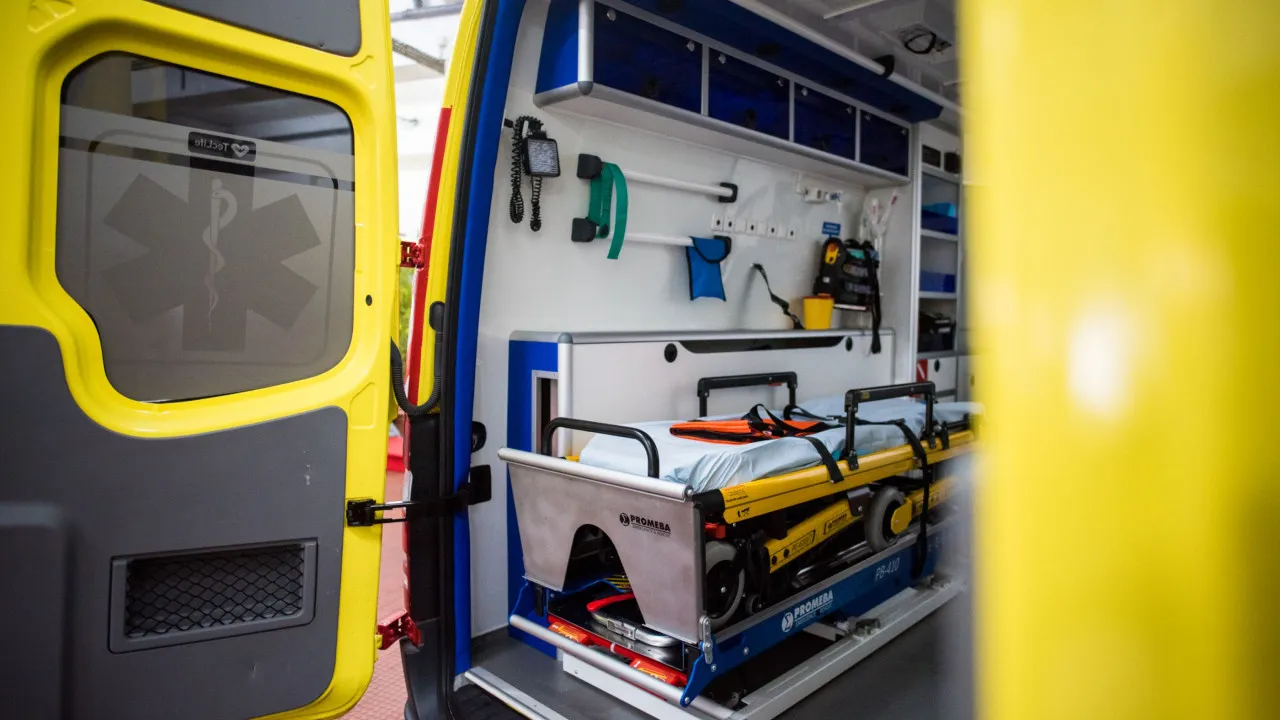
“When the total response time by air exceeds the estimated land transport time, it is clinically more appropriate and safe for the patient to be transported by land to ensure effective and timely assistance,” stated the SPEPH in a communiqué.
The organization commented on the case of a 49-year-old patient with a cranial trauma who was airlifted by an Air Force helicopter, a process that took more than five hours to transfer from Hospital da Covilhã to the University Hospitals of Coimbra.
The SPEPH emphasized that the decision between air and land transport should be technical and secure.
“The priority should always be the rapid stabilization and safe referral of the patient to the most appropriate hospital unit (definitive care), respecting technical criteria that aim to maximize survival and recovery chances,” highlighted the SPEPH, recalling that pre-hospital medicine “follows well-defined principles regarding the choice of the most appropriate transport means for patients suffering from severe trauma, taking into account several essential variables.”
“Among the main factors to be evaluated are weather conditions, the estimated time for the helicopter to arrive at the help request location, the time required for the preparation of the aircraft and the medical team, and the duration of the flight to the help request location,” it emphasized.
On Saturday, a 49-year-old patient with cranial trauma took more than five hours to receive treatment since the decision was made to transfer from Hospital da Covilhã to the University Hospitals of Coimbra.
In response to the news agency Lusa, the Ministry of Health stated today that it referred any clarifications regarding the case to the National Institute of Medical Emergency (INEM).
Similarly, the executive director of the National Health Service (SNS), Álvaro Almeida, referred the responsibility for patient transport to INEM, stressing that “hospital transfer is not within the executive direction’s competence.”
In the same vein, the president of the union of pre-hospital emergency technicians, Rui Lázaro, argued that “those responsible have a face: it is the Government and INEM,” noting that “INEM did not timely safeguard the time for the tender” for contracting the aerial emergency medical service.
The public tender for the contracting of this service was awarded to Gulf Med Aviation Services Limited only at the end of March.
“The company had just over a month. The Government and INEM should have started this tender a little earlier or a little later,” accused Rui Lázaro, reiterating that the Air Force helicopters should be relocated to the interior of the country, where he believes they are needed more.
Since the 1st of the month, the Air Force has been ensuring emergency medical transport with four helicopters that should operate 24 hours a day, but currently, only one is available to fly at night, in a transitional operation until the contracting company has sufficient means.
In addition to these four Air Force aircraft, Gulf Med ensures, through a direct adjustment until the contract comes into force, two Airbus helicopters, stationed at bases in Macedo de Cavaleiros and Loulé, but they will only operate during the day.
According to the Minister of Defense, Nuno Melo, the Air Force has helicopters serving the INEM based in Beja, Montijo, and Ovar.




